Black Ash Tree
- October 10, 2023
- 0 comment
The Black Ash tree, scientifically known as Fraxinus nigra, is a captivating deciduous hardwood native to the wetland landscapes of North America. Its distinctiveness lies not only in its compound leaves, typically featuring seven serrated leaflets, but also in its remarkable adaptability to waterlogged soils. Thriving in swampy and lowland areas, the Black Ash boasts a visually appealing dark gray to brown bark, providing a striking contrast to its surroundings.
Beyond its aesthetic charm, the tree holds cultural significance, particularly among indigenous communities, who have traditionally utilized its pliable wood for crafts such as basket weaving. However, the Black Ash faces a significant threat from the invasive emerald ash borer, prompting conservation efforts to preserve this species and its vital ecological role in wetland ecosystems. With its unique features, cultural ties, and ecological importance, the Black Ash tree stands as a testament to the interconnectedness of nature and human heritage.

| Characteristic | Description |
| Scientific Name | Fraxinus nigra |
| Type | Deciduous Hardwood |
| Native Region | North America |
| Height | 40 to 70 feet |
| Growth Rate | Moderately fast-growing |
| Sun exposure | Full sun to partial shade |
| Soil type | Moist, well-drained soil |
| Fruit | Samara (winged seed) |
| Longevity | 100-150 years |
| Water needs | Moderate |
A Brief History
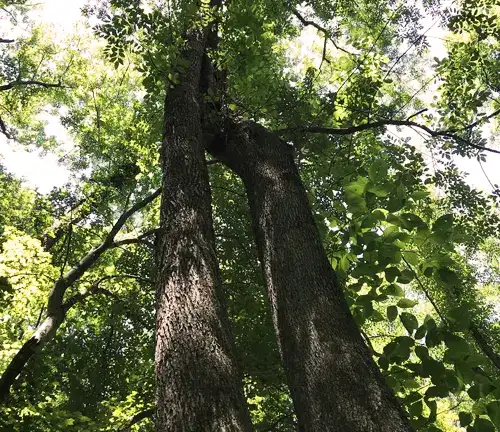
The Black Ash tree, scientifically known as Fraxinus nigra, boasts a rich history deeply intertwined with the landscapes of North America. Flourishing in wetlands and low-lying areas, this deciduous hardwood has played a significant role in the lives of indigenous communities for centuries. From its roots in traditional practices to its contemporary ecological importance, the Black Ash stands as a living testament to the intricate relationship between nature and culture.
Color/Appearance
In the grand tapestry of the natural world, the Black Ash is a visually striking contributor. With mature bark assuming a dark gray to brown hue, the tree creates a captivating contrast against its compound leaves, typically adorned with seven serrated leaflets. Its autumnal display further adds to its allure, as the foliage transitions into a palette of yellow and purplish tones, painting the landscape with seasonal beauty.
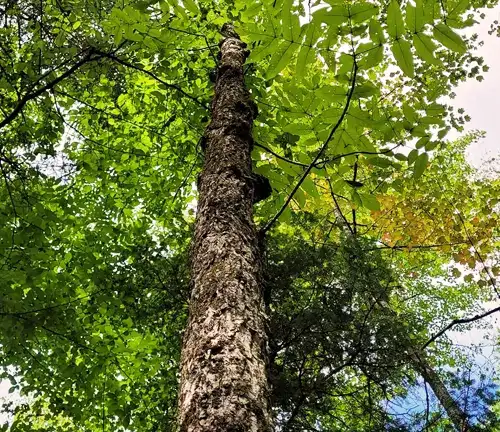
Unique Features
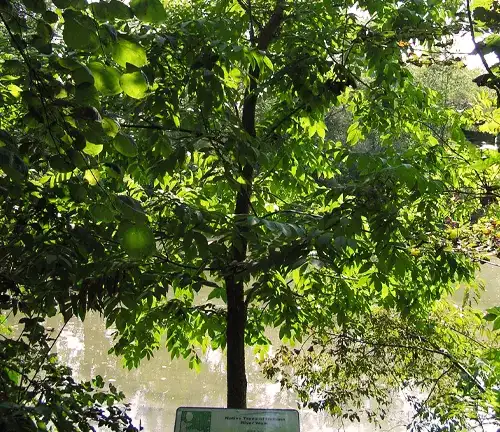
What sets the Black Ash apart is not just its visual appeal but its adaptability to waterlogged soils. This unique feature enables the tree to thrive in wetland environments subjected to periodic flooding. Its resilience in the face of such challenging conditions makes it a standout species, contributing to the ecological diversity of its habitat.
Ecological Importance
The ecological importance of the Black Ash cannot be overstated. Within the intricate web of wetland ecosystems, this tree plays a pivotal role in regulating water levels, preventing erosion, and providing habitat and sustenance for various bird species and small mammals. Its presence is a testament to the delicate balance of nature and the vital contributions of each species.
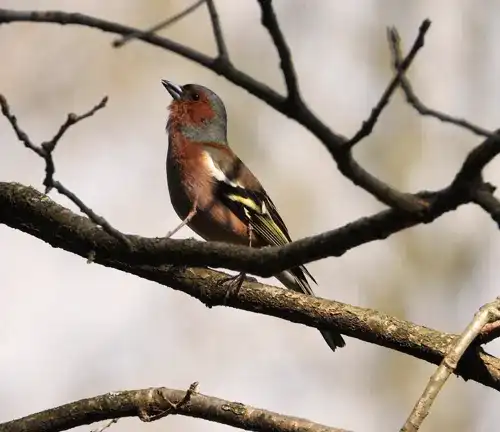
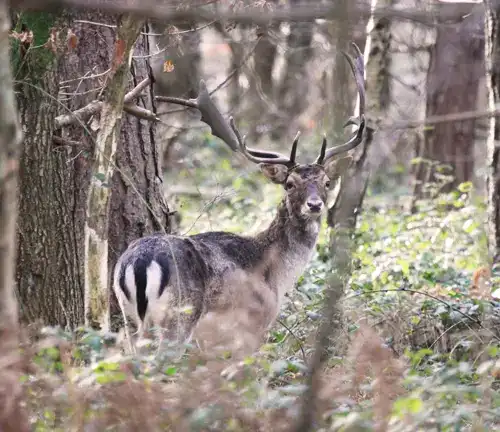
Adaptation and Resilience
A testament to nature’s adaptability, the Black Ash has evolved to withstand periodic flooding. This resilience not only ensures its survival but also highlights the tree’s capacity to thrive in environments where others might struggle. This adaptive prowess has allowed the Black Ash to become a key player in wetland ecosystems.
Cultivation and Care
For those seeking to cultivate the Black Ash, understanding its specific needs is crucial. While it is hardy and adaptable, providing well-drained soil and ensuring sufficient moisture during dry periods can enhance its growth. Cultivating the Black Ash not only supports its conservation but also contributes to the preservation of wetland ecosystems.
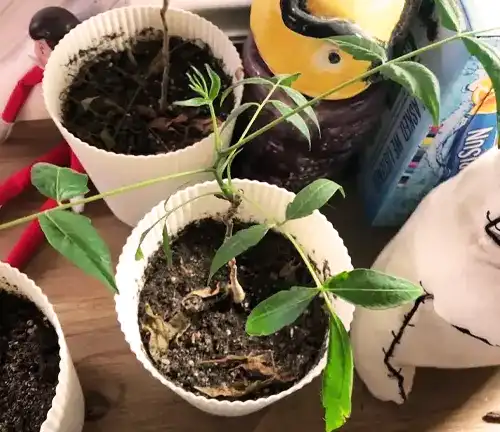
Wood Products and Applications

The wood of the Black Ash holds a special place in traditional craftsmanship. Revered for its workability and flexibility, it has been a favored material for indigenous communities, especially in basket weaving. Additionally, the wood finds application in various products, including tool handles and furniture, owing to its strength and versatility.
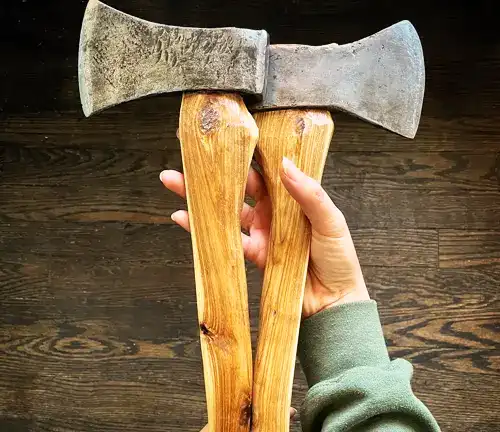
Other Uses
Beyond its role in crafting and construction, the Black Ash has found applications in medicinal practices. Some indigenous communities have utilized different parts of the tree for their therapeutic properties, adding another layer to its cultural significance.
Threats and Conservation
However, the Black Ash faces formidable threats, primarily from the invasive emerald ash borer. This beetle jeopardizes the health and survival of Black Ash populations. Conservation efforts are underway to combat this invasive species and ensure the preservation of the Black Ash and its ecological and cultural significance.
Benefits
Despite the challenges, the benefits of the Black Ash are myriad. Its ecological contributions, cultural importance, and the versatility of its wood make it a species worth preserving. Conservation initiatives not only protect the Black Ash but also sustain the delicate balance of the ecosystems it inhabits.
Conclusion
In conclusion, the Black Ash tree stands as a testament to the intricate dance between nature and culture. From its historical roots in traditional practices to its crucial role in wetland ecosystems, the Black Ash embodies resilience, adaptability, and ecological importance. As we navigate the challenges of conservation, recognizing the value of the Black Ash becomes not just an environmental responsibility but a celebration of the harmonious interplay between humanity and the natural world.

Frequently Asked Questions (FAQs)
- Why is the Black Ash tree specifically adapted to wetland environments?
The Black Ash tree has developed unique adaptations to thrive in wetland areas, particularly its ability to tolerate periodic flooding. Its resilience in waterlogged soils is attributed to specialized root systems and physiological traits that allow it to flourish in conditions where other tree species may struggle. - What makes the wood of the Black Ash tree ideal for basket weaving?
The wood of the Black Ash is highly valued for its workability and flexibility. These characteristics make it a preferred material for traditional crafts like basket weaving among indigenous communities. The pliability of the wood allows for intricate and durable basket designs, making it a staple in cultural practices. - How does the Black Ash tree contribute to wetland ecosystems beyond its visual appeal?
Aside from its aesthetic qualities, the Black Ash plays a crucial role in wetland ecosystems. Its roots help stabilize soil, preventing erosion, and its presence regulates water levels, creating a habitat that supports a diverse array of plant and animal life. - What are the primary threats to the Black Ash tree, and how are conservation efforts addressing these challenges?
The invasive emerald ash borer poses a significant threat to Black Ash populations. These beetles can damage and kill the trees, endangering their survival. Conservation efforts involve monitoring, research, and the development of strategies to mitigate the impact of these invasive species, aiming to protect and preserve Black Ash trees. - Are there alternative uses for the Black Ash tree beyond traditional crafts and ecological roles?
Beyond basket weaving and ecological contributions, the Black Ash has been historically used for various purposes. Its wood, known for its strength, has found applications in tool handles and furniture. Additionally, certain parts of the tree have been used in traditional medicine by some indigenous communities, showcasing its versatility in human practices.



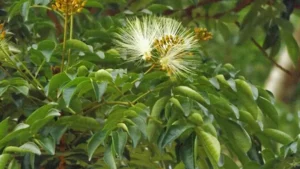
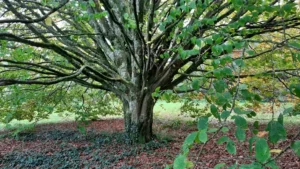
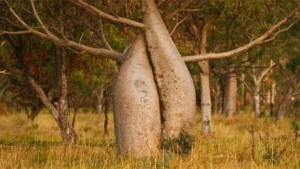
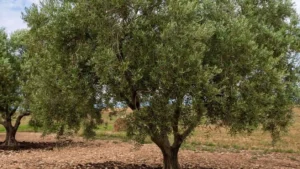
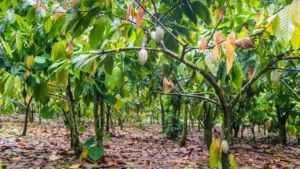

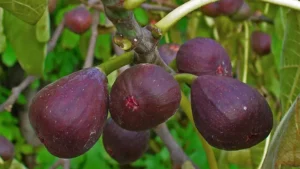
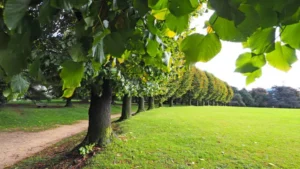
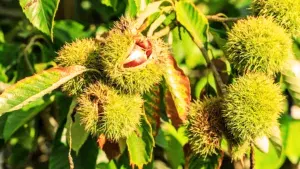

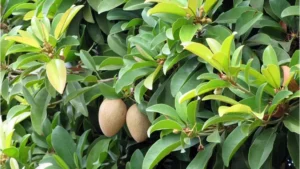
Leave your comment